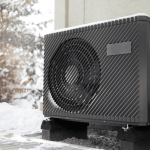
AC Parts: A Beginner’s Guide
There are many parts that work together to make your air conditioner run properly. If any one of them is not working at its best, it can strain the whole system and cause the unit to fail. Here’s a beginner’s guide to AC parts so you can understand the major components of your system and call an expert when it’s not functioning properly.
The Basics: What’s an HVAC?
HVAC stands for Heating, Ventilation, and Air Conditioning. The system typically includes a furnace, air conditioner, ductwork, vents, thermostat, and in some cases, a heat pump or a boiler for radiant heating.
Blower Motor
The blower motor powers the fan that forces warm or cold air into your ductwork and out the vents throughout your home. Variable-speed motors run at different speeds to precisely control the flow of air. They’re also quieter and help lower humidity in your home. Single-speed motors are generally less expensive, but they tend to be noisier and leave your home more humid. They may also burn more energy than variable-speed motors. A louder-than-normal motor noise may indicate a problem. If you experience this, shut off your heater or air conditioner and call a technician.
Evaporator Coil
The evaporator coil is A-shaped and made of small tubes and fins, usually located in your inside unit. Warm air comes from inside the home and blows over the evaporator coil, where the moisture and heat are drawn off as the air is cooled. The moisture drains away through the condenser pan; the warmth goes outside via the compressor and fan. Evaporator coils should be clean, as even a thin layer of dust can act as an insulator that makes the rest of the system work too hard. Any time you see frost on your evaporator coils or inside the unit, you’ve got a problem that needs attention. Turn off your system and call a technician.
Condenser Coil
The condenser coil is the other half of the coil-cooling equation. It, along with the compressor and other equipment, form the big metal box outside of your home or office. The refrigerant goes through a copper tube and out to the condenser coil, where it releases much of the heat from your home. The fan on top of the unit blows air over the condenser coil, releasing heat into the air. Just like the evaporator coil, the condenser coil and its enclosing unit need good airflow to work properly. Yard debris should be cleared away regularly. If the condenser unit becomes frosty or icy outside of the onset of wintry weather, you’ve got a problem in your system. Turn it off and call a technician.
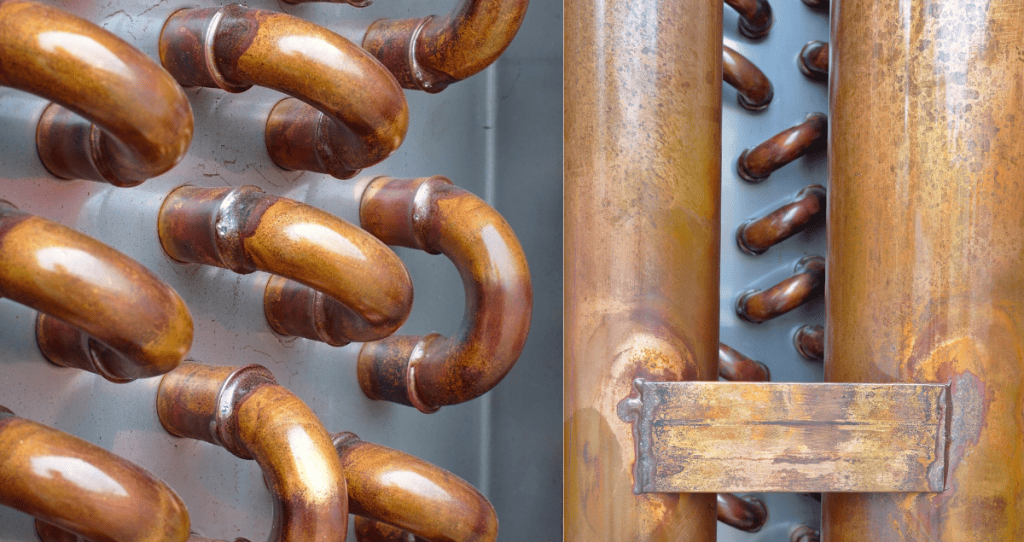
Copper tubing of a condenser coil
Compressor
The compressor moves the refrigerant back and forth between the condenser coils. It pressurizes the refrigerant and moves it through the system as a gas in one part of the process and as a liquid in another. Because it’s on the hot side of the air conditioner equation, it’s located outside in the metal box, along with the condenser coil. Problems with the compressor could show up as a shaking outside unit, odd noises, blowing warm air and tripping circuit breakers or blown fuses. If you notice any of these problems with your AC parts, it’s time to get a system check-up.
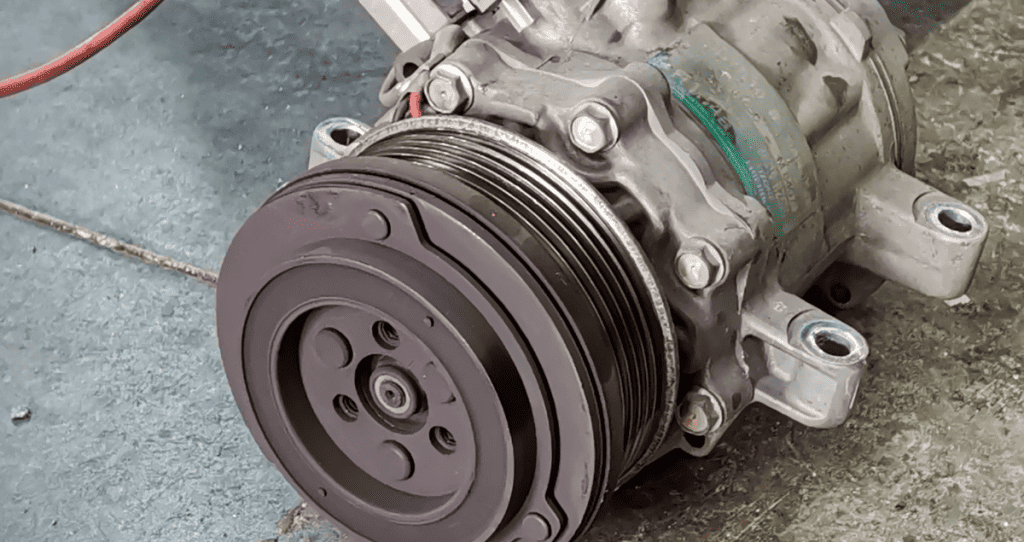
AC Compressor
Frequently Asked Questions About AC Parts
What does the thermostat do in an HVAC system? The thermostat regulates the temperature inside your home. It allows you to set the desired temperature, and when the actual temperature deviates from this setting, the HVAC system kicks in to adjust it.
What is a heat pump, and how does it differ from an air conditioner? A heat pump can both cool your home in the summer and heat it in the winter. It works by transferring heat from one place to another using refrigerant. An air conditioner only cools the air.
What is the purpose of ductwork in an HVAC system? Ductwork distributes the conditioned air from your HVAC system throughout your home. Well-designed and sealed ducts ensure even airflow and efficient heating or cooling.
Stay Cool with Barineau Heating and Air Conditioning
Knowing about the parts in your HVAC system can help you identify issues as soon as they arise. The next best thing you can do for your system is keep up with regular maintenance to reduce system breakdown in the first place. With Barineau Heating and Air Conditioning’s Total Comfort Service Program, you’ll receive a number of cost incentives, such as no overtime charges and a discount on repairs. At $109 per year, the Blue Plan (which includes one 28-point inspection) only costs $20 more than a one-time tune-up, with benefits that quickly pay for themselves.
Sign up for the Total Comfort Service Program today, or click here to speak with a home comfort specialist.
